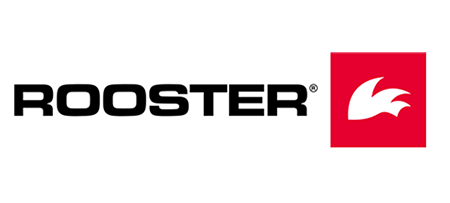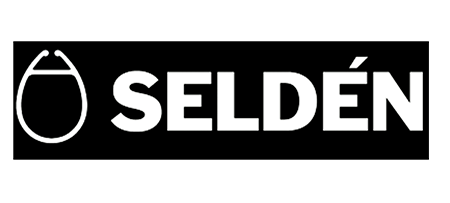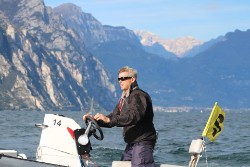
Welcome to the International Class Association website for the RS Aero. Here you will find all there is to know about the RS Aero including the latest news, how to register your boat, and links to relevant documents.
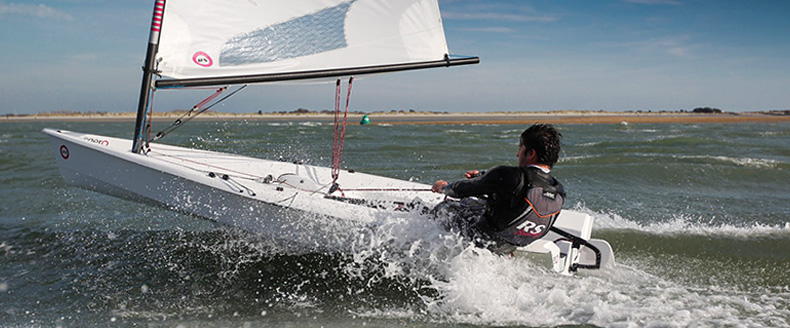
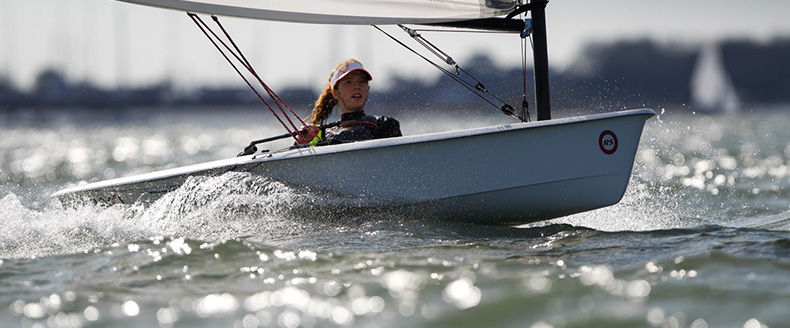
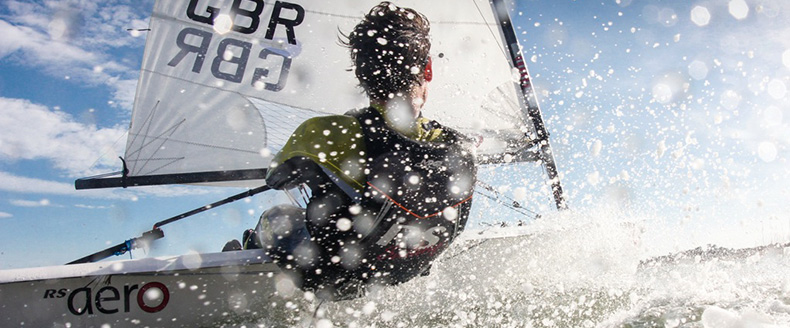
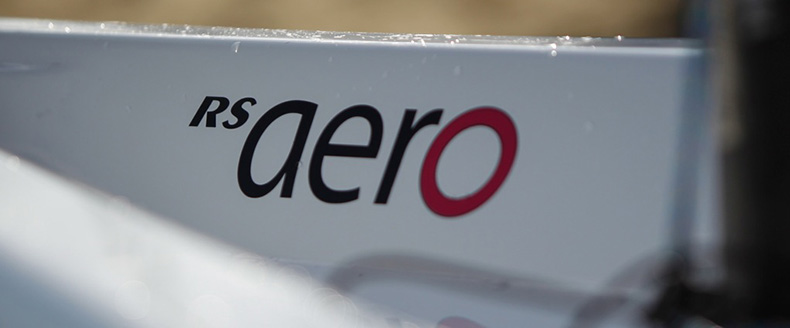
| Home >> Sailing Tips & Technique >> Dealing with big fleets - Oxford UK Winter Training Review, Feb 2017 |

RS AERO TOP TIPS
DEALING WITH BIG FLEETS - starting, strategy and decision making
At Oxford in Feb 2017 we held the fourth of our six UK Winter Training weekends. Again, three times Laser Radial UK Champion, Hannah Snellgrove, joined Paul Robson to pass on some of her experience and knowledge focusing on big fleets. Complimenting this focus was the day's racing on the Saturday which was our 47 boat RS Aero Winter Champs within 'The Oxford Blue' SailJuice 150 boat mixed class event.Here are Hannah & Paul's review notes from the weekend, to help all RS Aero sailors prepare for the season ahead.
Photo by Tim Olin
RS Aero Winter Training
Oxford Sailing Club – Sunday 19th February 2017
(following the RS Aero UK Winter Champs on the Saturday)
Coaches: Paul Robson, Hannah Snellgrove
Weekend Focus: Dealing with big fleets – starting, strategy and decision making
Starting and Leeward Marks – by Hannah Snellgrove
Starting
Pre-start routine
- Everyone should have one! The more time you have the more detailed it should be
- What is the type of day and what are your priorities?
- Where is the pressure?
- What is the shift?
- What is your upwind plan? That may dictate the place you want to start...
- Where’s the windward mark? If you have to spend more time on one tack than the other the rule of thumb is ‘long tack first’
- Transit
- Bias
- Tide/drift – where are the start laylines?
- Time and distance – how long does it take to accelerate? How long does it take to sail one/two/four boat lengths? How far back from the line do you need to line up?
- Where are the other boats – need to balance having space against bias advantage. How are you going to get and hold a clear lane off the line?
THE AIM: to hit the line at the gun, close-hauled, with speed and space!
This means you can’t sit waiting on the line. Someone lined up a little further back will be able to do a much more effective acceleration.
Long line judgements
- Interesting how on a long line, people’s judgements improved a huge amount after three or four practise starts – this should be a part of your pre-start routine!
- Find a friend who can sit at the end of the line, do a practise start and put your hand up when you think you’re crossing the line, then get them to tell you how close you were.
Ways to measure line bias
1. Sail down the line and see whether you are more close hauled or broad reaching, if you are more close hauled then you are sailing towards the biased end
2. Point head to wind in the middle of the line, your bow will point towards the biased end
3. Find a friend! One person sails off on port from the pin end, the other sails off at the same time on starboard from the committee boat end, whoever crosses came from the biased end
4. Use a compass... explained nicely here under the heading ‘picking the bias’: http://www.yachtsandyachting.co.uk/sailing-techniques/how-to-start-faster/
Hovering
- Most people can sit close to head to wind than they think to stop the boat
- Kicker off all the way – the leech must not have any tension
- As soon as you lose your forwards momentum, need to get the bow down by some aggressive jabs of the tiller towards you
- Bit of leeward heel and sheet on and up into head to wind again
- Repeat previous two steps!
- Keep an eye over your shoulder for people who might steal your leeward gap!
- If someone does look like a gap stealer, put your bow down without sheeting in to try and make it look like the gap has closed up
Accelerations
- Bow down to below close hauled before pulling any sheet in
- Kicker on to almost upwind tension
- Leeward heel and gentle steering up to close hauled course, trim sail to telltales
- Flatten boat as you get to close-hauled and squeeze sail in to close-hauled
- NB the healing of the boat is there to steer from close reach to close hauled. The flattening is used to stop the steer, the by-product is acceleration. Without a change of course this breaks Rule 42 – propulsion.
Leeward mark roundings
Huge gains and losses can happen here.
The difference in pointing angle and speed if you exit the mark cleanly compared to if you exit the mark on the outside of a big group is staggering!
THE AIM: To exit right next to the mark so you have clear air and options for the beat!
- Starboard LW mark roundings are generally more interesting as boats on starboard to leeward can push up boats on the inside right up until they reach the zone, causing them to sail a LOT of extra distance.
- Remember that once you get into the zone, giving boats that are on the inside of you room takes precedence even if you are on starboard and they are on port.
- Make plans early, ensure everyone around you is aware of overlaps and obligations before you reach the zone.
- Fight for the inside BUT be clear of the bigger picture and know when to bail out if you are sailing a much longer distance.
- Don’t be afraid as the outside boat to reposition to try and get to the inside or slow down to go behind and wait to see if a gap opens up so you can exit next to the mark with clear air and options.
- Boats are only allowed room to sail to the mark and continue their proper course when at the mark, you are not allowed to take more room than to that you are entitled to.
- The definition of an ‘overlapped’ boat when sailing more than 90 degrees from the wind does not take into account of their tack and so boats can become overlapped when sailing very different angles.
Analysis of Saturday’s racing at the RS Aero UK Winter Champs
by Paul Robson
Take a look at the tracker data;
http://gjw.sailracer.org/eventsites/live-screen-tracking.asp?eventid=207952&templ=207915
Perform some self analysis, questions to ask:
- Did you manage to execute your pre-start plan?
- Did you identify line bias?
- Were you in a clear lane?
- Did you have boat speed, good pointing or both?
- Did you choose the correct side of the course?
You are able to switch on/off other boats to see who went where and look at Speed, VMG (speed in relation to next mark) and Bearing (sailing angle).
Boats to consider comparing are:
RS Aero 9 - Barton 2093, Chaplin 2162, Larr 1888, Willis 1551
RS Aero 7 – Robson 2161, Greenwood 1685, Snellgrove 2001
When comparing think about where they started, which side of the course they went and why.
Gains were made in the large fleets on Saturday by sailing in clear air and having the space to make decisions of when to tack for extra pressure or a good shift.
Reply
10/05/2017 15:29:51
Peter Barton
Posts: 4681


